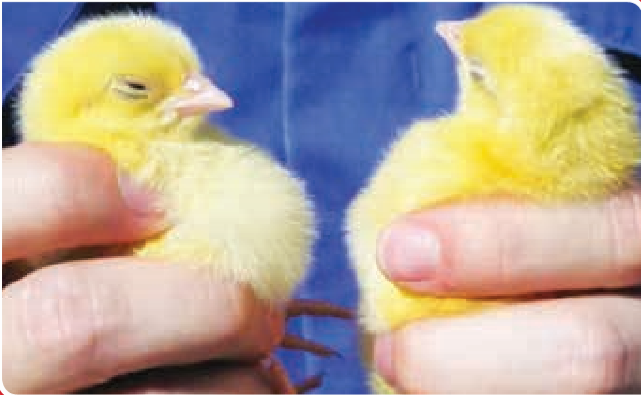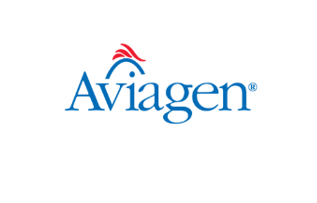



How to... assess crop fill in parent stock
A guide to determinining appetite development and how to ensure all chicks have feed and water.
Why assess crop fill?
Assessment of crop fill at key times after placement is a useful means of determining appetite development and checking that all chicks have found feed and water.
If adequate crop fill is not achieved, appetite development will be depressed, early growth rate will be compromised, and skeletal development will be below the desired levels, so affecting flock uniformity and production potential.

The procedure for assessing crop fill
Crop fill should be monitored during the first 48 hours, but the first 24 hours are the most critical.
Equipment
- A catching frame.
- A pen or pencil.
- Paper to record crop fill.
Procedure
An initial check two hours after placement will indicate if chicks have found feed and water. Subsequent checks at 8, 12, 24, and 48 hours after arrival on farm are required to assess appetite development.
Step 1
Using the catching frame, collect 30-40 chicks in total; approximately ten chicks at a time from three to four different places in the house (or surround where spot brooding is used).
Step 2
Handling each chick with care, gently feel the crop of each chick in the pen using your thumb and forefinger.
Step 3
Record the content of the crop of each chick using the following categories:
- Full, soft, and rounded – Chicks have found feed and water.
- Full but hard with original feed texture felt – Chicks have feed but little / no water.
- Crop empty – Chicks have not found feed or water.
Step 4
Calculate the percentage of chicks in each category by dividing the number of chicks recorded in each category by the total number of chicks assessed and multiplying by 100.
Step 5
Compare your results with the target crop fill assessment guidelines below



Interpreting results
- Crop fill on or above target guidelines. No action required
- Crop fill 5 percent or more below target guidelines (eg 75 percent or lower at eight hours after placement).
Action required Further investigation of brooding practices required
Areas to consider:
Environment
- Ensure that houses are pre-heated prior to chick arrival.
- Ensure chick comfort is optimum by monitoring and adjusting if needed:
- Air temperature at chick height
- Litter temperature
- Relative humidity
- Ensure light intensity is at the optimum level in the brooding area.
- Ensure ventilation rates are correct for young chicks.
Feed and water
- Ensure chicks have unrestricted access to feed and water.
- Ensure that at least 90 percent of the floor area is covered in paper with feed on.
- Replenish feed on paper in small amounts given frequently.
- Ensure supplementary (mini) drinkers are used.










